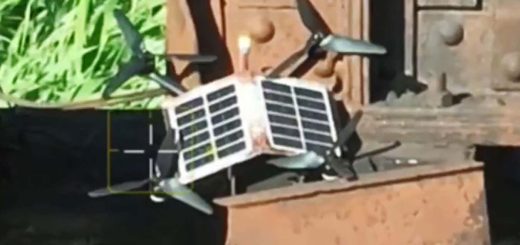AI creates pictures of what people are seeing by analysing brain scans
An artificial intelligence that can create pictures of what people are looking at based on brain scans is impressive, but not ready for widespread use
By Carissa Wong
7 March 2023
The images in the bottom row were recreated from the brain scans of someone looking at those in the top row
Yu Takagi and Shinji Nishimoto/Osaka University, Japan
A tweak to a popular text-to-image-generating artificial intelligence allows it to turn brain signals directly into pictures. The system requires extensive training using bulky and costly imaging equipment, however, so everyday mind reading is a long way from reality.
Several research groups have previously generated images from brain signals using energy-intensive AI models that require fine-tuning of millions to billions of parameters.
Now, Shinji Nishimoto and Yu Takagi at Osaka University in Japan have developed a much simpler approach using Stable Diffusion, a text-to-image generator released by Stability AI in August 2022. Their new method involves thousands, rather than millions, of parameters.
Advertisement
When used normally, Stable Diffusion turns a text prompt into an image by starting with random visual noise and tweaking it to produce images that resemble ones in its training data that have similar text captions.
Nishimoto and Takagi built two add-on models to make the AI work with brain signals. The pair used data from four people who took part in a previous study that used functional magnetic resonance imaging (fMRI) to scan their brains while they were viewing 10,000 distinct pictures of landscapes, objects and people.
Using around 90 per cent of the brain-imaging data, the pair trained a model to make links between fMRI data from a brain region that processes visual signals, called the early visual cortex, and the images that people were viewing.


